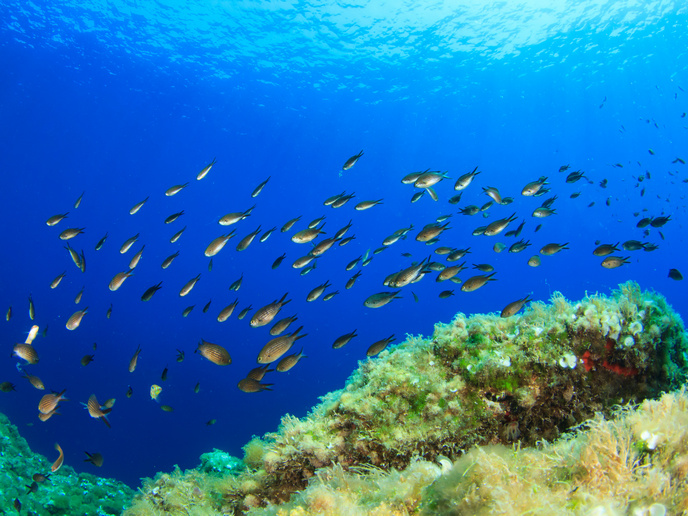Sculpting future species, understanding oceans of the past
Species detections from metagenomic data generated from the Skagerrak strait as part of the SEACHANGE project contributed to the creation of two speculative sculptures exhibited at Gether Contemporary Gallery in Copenhagen in 2023. The two sculptures were part of the series ‘HYBRIDS’ created by artist duo Studio ThinkingHand to explore how new life could emerge in the future. The artists took SEACHANGE’s environmental DNA detections and, merging different species together, created 3D digital sculptures of fabulous hybrids using AI. The digital creations were then turned into physical sculptures that were displayed in a free public exhibition for over a month. “We are enormously proud to have played a small role, contributing our observations of past ecosystems from the SEACHANGE project, in Studio ThinkingHand’s latest series of sculptures,” states SEACHANGE postdoctoral researcher Luke Holman in a news item posted on the project website. “So often as scientists the output of our work is a read medium: journal articles, news reporting or blog & social media posts. Here, we are beginning to allow people to experience science speculatively as art. Moving beyond questions that belong in an academic setting, and instead asking people to share space with a physical manifestation of ecosystems from thousands of years ago.”
Looking to the past to change the future
SEACHANGE was launched in 2020 to explore the impact of major cultural transitions on marine ecosystems and biodiversity so as to gain a better understanding of how today’s oceans differ from those of the past. As part of its efforts to achieve this goal, it recently supported research to create a historical dataset on the native European oyster. Described in a paper published in the journal ‘Scientific Data’, the open-access dataset provides details on the distribution, extent and form of lost European flat oyster ecosystems. According to the paper, the European flat oyster was an ecosystem engineer that provided important ecosystem services, such as the creation of reef habitats. “These reef habitats are now functionally extinct, and almost no memory of where or at what scales this ecosystem once existed, or its past form, remains,” the authors report. Using records published between 1524 and 2022, the researchers created datasets that show locations of past flat oyster fisheries and/or oyster reef habitats, the reported extent of past oyster reef habitats and species associated with these habitats. The datasets can be used to help speed up flat oyster restoration activities. They can also be used to set up reference models for anchoring adaptive management of restoration action and aid global efforts to recover records on the hidden history of ocean ecosystem degradation caused by human activities. The SEACHANGE (Quantifying the impact of major cultural transitions on marine ecosystem functioning and biodiversity) project ends in 2027. For more information, please see: SEACHANGE project website
Keywords
SEACHANGE, environmental DNA, sculpture, oyster, European flat oyster, ecosystem, reef, biodiversity, ocean



